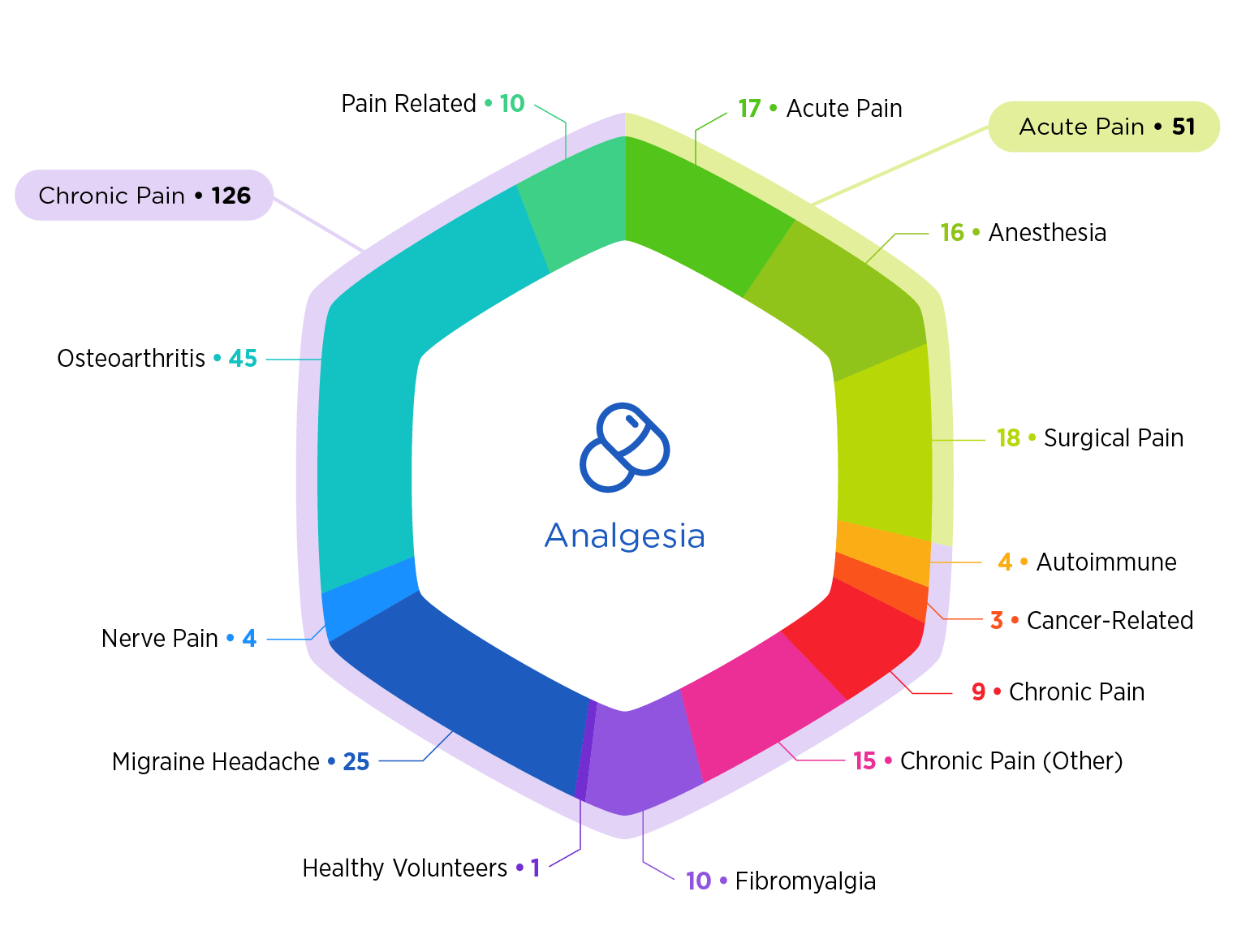Analgesia
Expertise to Help You Tackle the Most Innovative Areas of Analgesia Research
We’re Laying the Foundation for Modern Pain Research
Much of the foundation for modern analgesia research was built here, and we have conducted more pain studies than any other CRO.
We have performed more than 900 trials across every type of pain—and many of the pain models that are today’s industry standards were invented here. We’ve conducted more than 177 trials in the last five years. With industry-leading access to patients, sites, and motivated investigators, we get trials running quickly.

Why Choose Premier
- Unequaled expertise in chronic and acute pain, spanning from disk disease to dental pain
- Extensive experience in fibromyalgia, osteoarthritis, and surgical pain
- Postoperative bunionectomy model reduces patient recruitment time by up to 40 percent without sacrificing assay sensitivity
Agility and knowledge at your fingertips
Resources

Perspectives Blogs
How to Mitigate the Placebo Response in Analgesia Clinical Trials
The placebo effect can be problematic in analgesia clinical trials with a symptom-based approach, as placebo-related analgesic responses may occur and persist for some time in up to 60 percent of study participants.1 In chronic pain studies, it is generally assumed that the placebo effect accounts for approximately 30 percent of the analgesic response.2 The etiology of the placebo effect is multifactorial and includes an expectation of benefit, response bias, and psychological or cultural factors.

Perspectives Blogs
The Great Debate: The Use of Placebo Control in Chronic Pain Studies
The use of placebo control in clinical trials has long been a topic of spirited debate.
Meet the Experts
Analgesia




